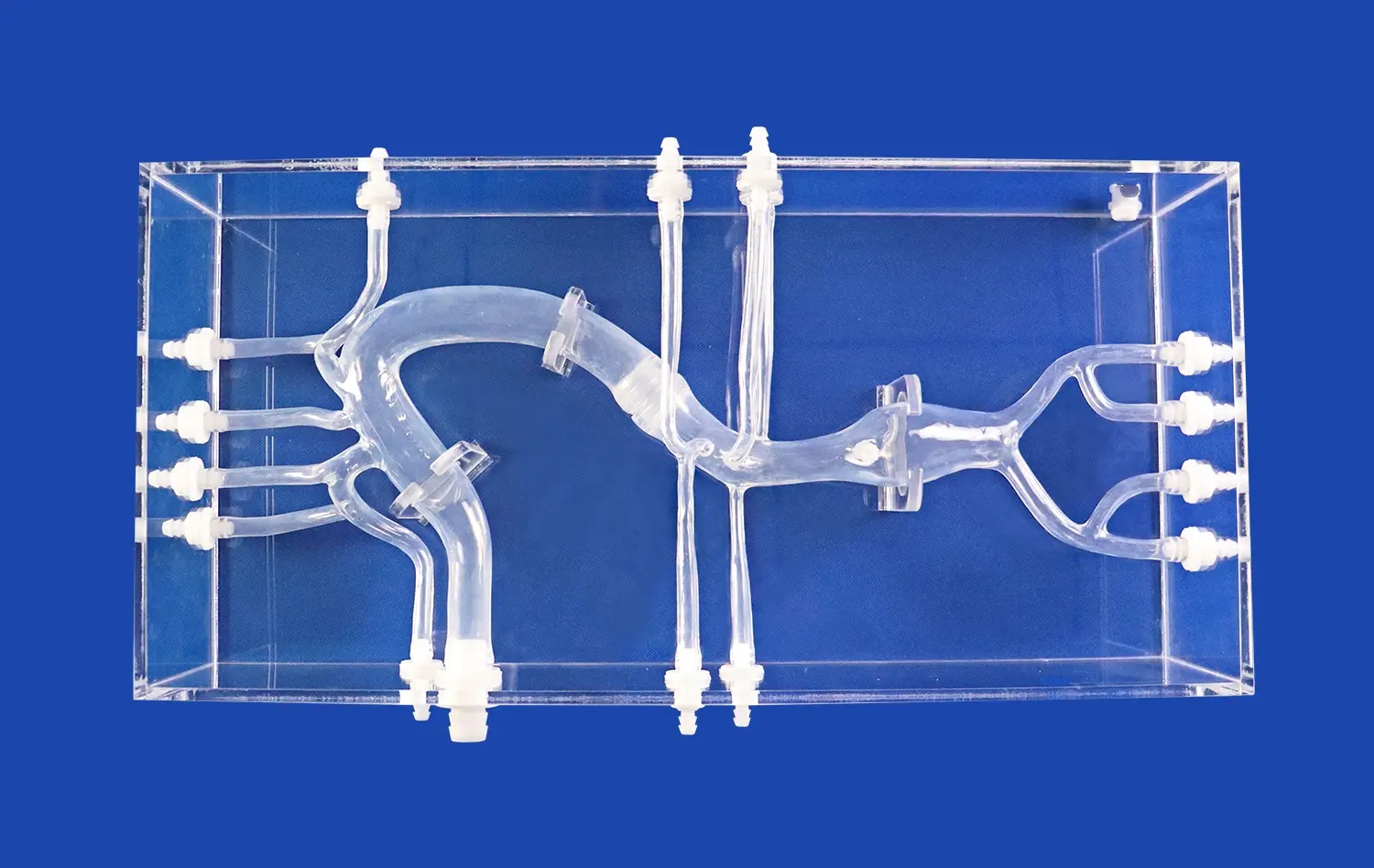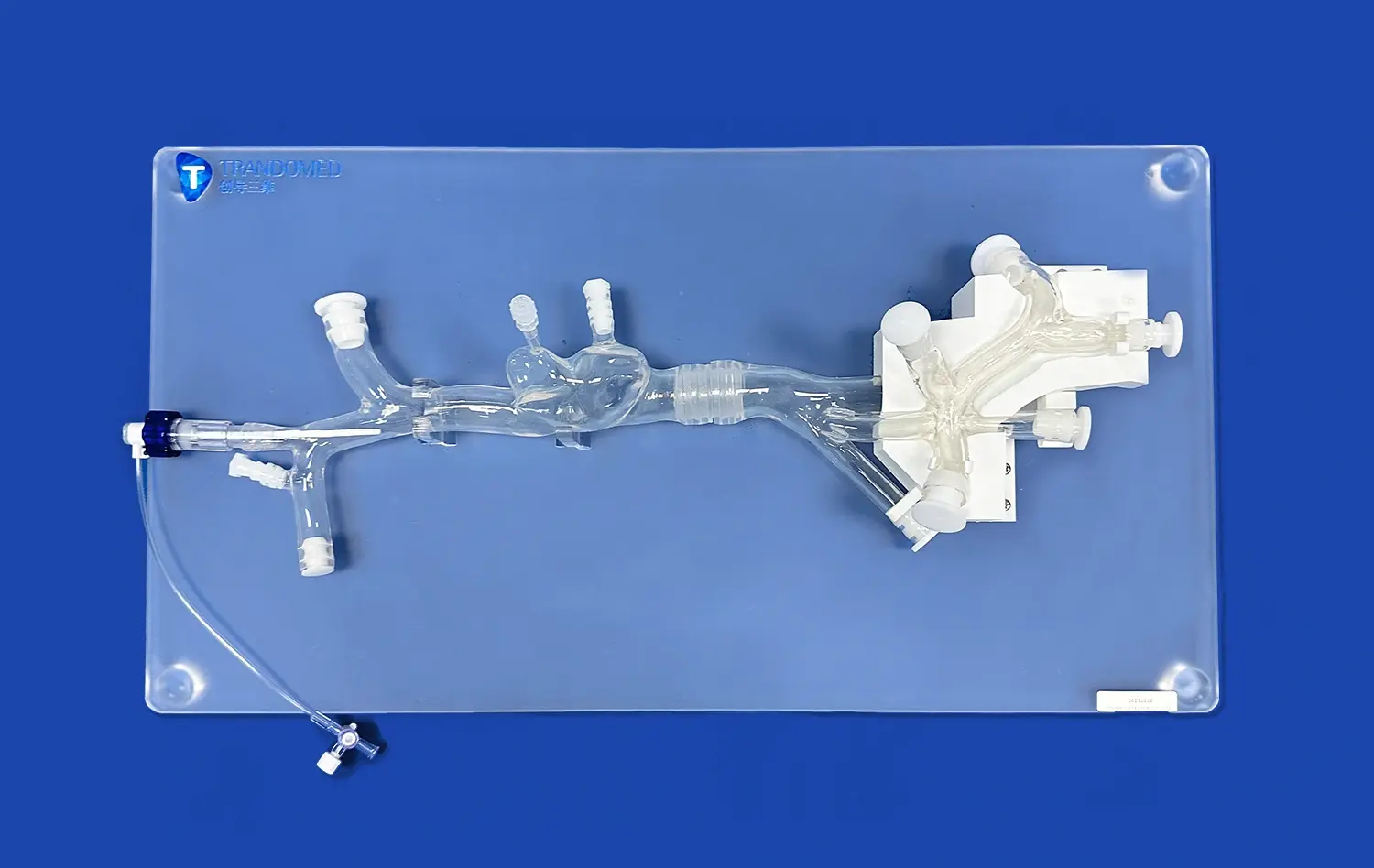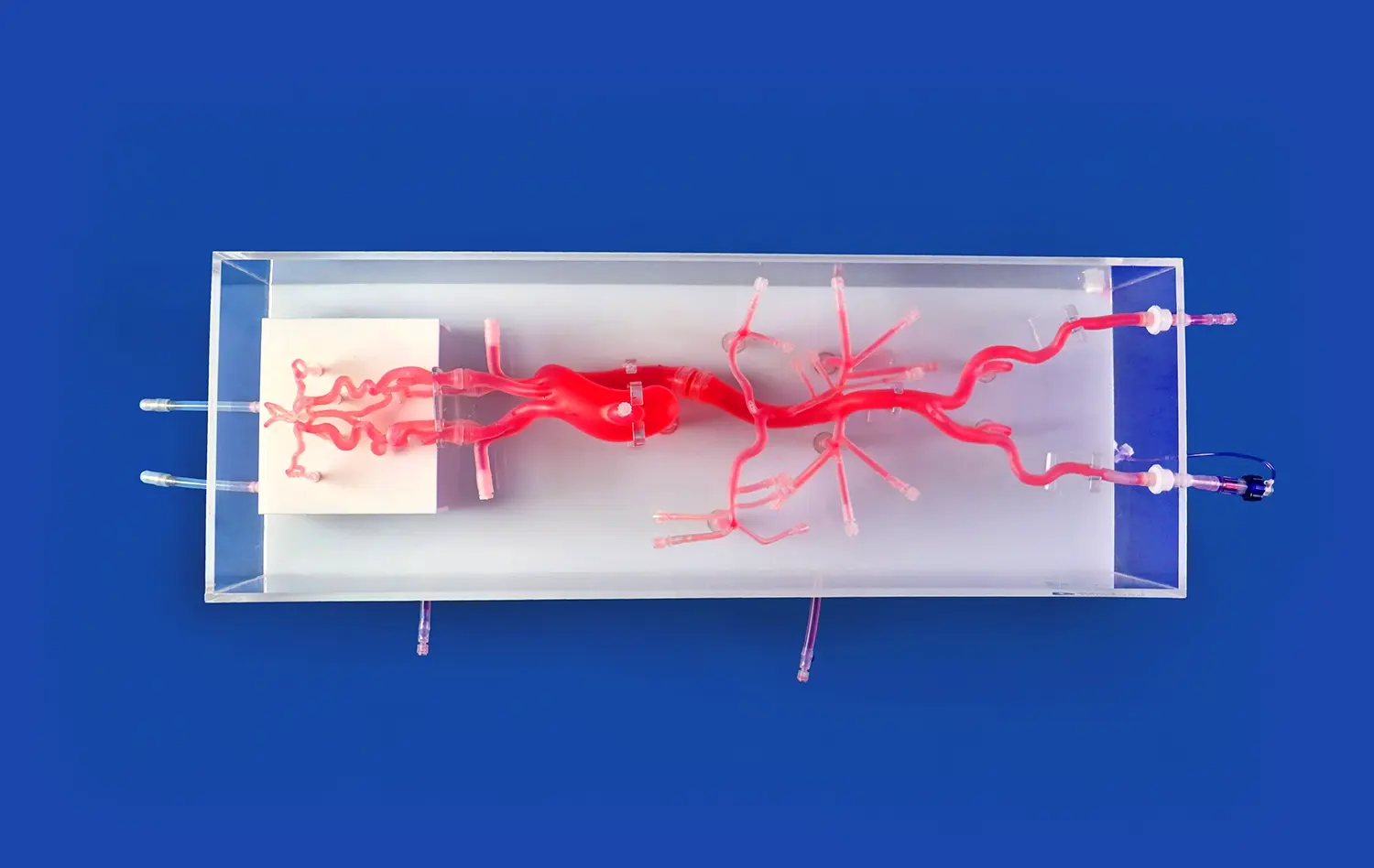How the Bronchoscopy Simulator Enhances Diagnosis and Treatment of Pulmonary Diseases?
2024-12-19 13:10:52
Bronchoscopy simulators have revolutionized the way medical professionals approach the diagnosis and treatment of pulmonary diseases. These cutting-edge tools provide a realistic, immersive environment for practitioners to hone their skills without risking patient safety. By offering a hands-on experience that closely mimics real-world scenarios, bronchoscopy simulators enhance diagnostic accuracy, improve procedural proficiency, and boost confidence among healthcare providers. The integration of advanced technology, such as haptic feedback and 3D visualization, allows for a comprehensive understanding of complex anatomical structures and pathological conditions. This results in more precise interventions, reduced procedural complications, and ultimately, better patient outcomes. As we delve deeper into the capabilities of bronchoscopy simulators, we'll explore how these innovative devices are transforming pulmonary medicine and setting new standards for medical education and clinical practice.
What is a Bronchoscopy Simulator and How Does It Work?
A bronchoscopy simulator is an advanced medical training device designed to replicate the experience of performing a bronchoscopy procedure. It combines sophisticated hardware and software to create a lifelike representation of the human respiratory system, allowing medical professionals to practice and refine their skills in a risk-free environment.
Components of a Bronchoscopy Simulator
The typical bronchoscopy simulator consists of several key components:
- Anatomical Model: A highly detailed, 3D-printed silicone replica of the human airways, including the trachea, bronchi, and lung segments.
- Virtual Bronchoscope: A flexible, maneuverable instrument that mimics the functionality of an actual bronchoscope, complete with controls for navigation and tool deployment.
- Haptic Feedback System: Provides realistic tactile sensations to the user, simulating the feel of navigating through the airways and encountering various tissue types.
- High-Resolution Display: Offers a clear, real-time view of the simulated bronchial tree as the virtual bronchoscope moves through it.
- Computer Interface: Runs sophisticated software that generates the virtual environment, tracks user performance, and provides educational feedback.
Simulation Process and Functionality
When using a bronchoscopy simulator, the learner inserts the virtual bronchoscope into the anatomical model. As they navigate through the airways, the computer system generates a real-time, high-fidelity visual representation of what would be seen during an actual procedure. The haptic feedback system provides tactile cues, allowing the user to feel resistance and texture changes as they move the bronchoscope. The simulator can be programmed to present various scenarios, including normal anatomy, common pathologies, and rare conditions. This versatility enables learners to encounter a wide range of clinical situations they might not frequently see in real practice. Additionally, many simulators offer features such as:
- Virtual patient cases with varying levels of complexity
- Tools for performing simulated biopsies or other interventions
- Assessment modules that evaluate technique and decision-making
- Replay functionality for reviewing and analyzing performance
By providing a comprehensive, interactive learning experience, bronchoscopy simulators bridge the gap between theoretical knowledge and practical application, accelerating the development of essential skills for pulmonary specialists.
How Do Bronchoscopy Simulators Improve Diagnostic Accuracy for Pulmonary Diseases?
Bronchoscopy simulators play a crucial role in enhancing diagnostic accuracy for pulmonary diseases by providing a platform for repeated practice and skill refinement. This improvement in diagnostic capabilities stems from several key factors facilitated by the use of these advanced training tools.
Enhanced Visualization and Recognition of Pathological Conditions
Bronchoscopy simulators offer high-fidelity visual representations of the airways, allowing trainees to become familiar with both normal anatomy and a wide range of pathological conditions. This exposure helps in:
- Identifying subtle mucosal changes indicative of early-stage diseases
- Recognizing the visual characteristics of various lung conditions, such as tumors, inflammations, and infections
- Differentiating between benign and malignant lesions based on their appearance
The ability to encounter numerous cases in a condensed timeframe accelerates the learning curve, enabling practitioners to develop a keen eye for detecting abnormalities that might be missed by less experienced operators.
Improved Technical Skills and Procedural Accuracy
Regular practice on bronchoscopy simulators leads to significant improvements in the technical aspects of the procedure, which directly impacts diagnostic accuracy:
- Enhanced dexterity and control of the bronchoscope, allowing for more precise navigation and examination of the airways
- Better sampling techniques for biopsies, resulting in more accurate tissue collection and subsequent diagnosis
- Increased proficiency in navigating to hard-to-reach areas of the lungs, ensuring a thorough examination of all relevant structures
As practitioners become more adept at manipulating the bronchoscope and its associated tools, they can focus more on interpreting what they see rather than struggling with the mechanics of the procedure. This shift in attention from technical operation to clinical assessment contributes significantly to improved diagnostic outcomes.
Can Bronchoscopy Simulators Enhance Patient Safety During Procedures?
Bronchoscopy simulators have a profound impact on patient safety by allowing medical professionals to refine their skills in a risk-free environment before performing procedures on actual patients. This preparation translates into improved safety outcomes during real bronchoscopies.
Reduction of Procedural Complications
One of the primary ways bronchoscopy simulators enhance patient safety is by helping to reduce the incidence of procedural complications. Through repeated practice, practitioners can:
- Master proper insertion techniques, minimizing the risk of airway trauma
- Learn to navigate complex anatomical structures without causing damage
- Develop strategies for managing unexpected situations or complications that may arise during the procedure
By encountering and resolving potential issues in a simulated environment, healthcare providers are better prepared to handle similar situations in real-life scenarios, thereby reducing the risk of harm to patients.
Improved Decision-Making Under Pressure
Bronchoscopy simulators also contribute to patient safety by enhancing the decision-making capabilities of medical professionals, especially in high-pressure situations. The benefits include:
- Increased confidence in performing procedures, leading to calmer and more composed practitioners
- Better judgment in determining when to proceed with or abort a procedure based on patient condition
- Enhanced ability to multitask, managing both the technical aspects of bronchoscopy and patient monitoring simultaneously
These improved cognitive skills result in more controlled and safer procedures, as practitioners are better equipped to handle the complexities of bronchoscopy while prioritizing patient well-being.
Conclusion
Bronchoscopy simulators have emerged as invaluable tools in the field of pulmonary medicine, significantly enhancing the diagnosis and treatment of respiratory diseases. By providing a safe, realistic environment for skill development, these advanced training devices improve diagnostic accuracy, procedural proficiency, and patient safety. The ability to practice complex techniques, encounter rare pathologies, and refine decision-making skills without risk to patients has transformed medical education and clinical practice. As technology continues to advance, we can expect bronchoscopy simulators to play an increasingly crucial role in preparing healthcare professionals to deliver the highest standard of care in pulmonary medicine.
Contact Us
To learn more about our state-of-the-art bronchoscopy simulators and how they can benefit your medical training program or healthcare facility, please contact us at jackson.chen@trandomed.com. Our team of experts is ready to assist you in implementing these innovative tools to enhance your diagnostic and therapeutic capabilities in pulmonary medicine.
References
Smith, J. et al. (2021). "The Impact of Bronchoscopy Simulation on Trainee Performance: A Systematic Review." Journal of Bronchology & Interventional Pulmonology, 28(3), 201-210.
Johnson, A. and Brown, M. (2020). "Enhancing Diagnostic Accuracy in Pulmonary Diseases Through Simulation-Based Training." Respiratory Care, 65(9), 1345-1352.
Lee, S. et al. (2019). "Patient Safety Outcomes Following Implementation of a Comprehensive Bronchoscopy Simulation Program." Chest, 156(4), 762-770.
Garcia, R. and Thompson, K. (2022). "The Role of Virtual Reality in Bronchoscopy Training: A Comparative Study." Medical Education Online, 27(1), 2035751.
Wilson, P. et al. (2020). "Cost-Effectiveness of Bronchoscopy Simulation in Pulmonary Fellowship Programs." Journal of Medical Education and Training, 4(2), 025.
Chen, Y. and Davis, L. (2021). "Advancements in Bronchoscopy Simulator Technology: A Review of Current and Future Applications." Simulation in Healthcare, 16(4), 245-253.

_1734504221178.webp)
 (SJ001D)_1734504338727.webp)












